A model release can make the difference between a highly marketable image and one without earning potential. Here’s why: if the people in your photo have not given written consent for their likeness to appear in advertising and promotional materials, you close the door on any buyer who wants to use your images for commercial purposes. You can still license your photos for editorial use, but by neglecting to obtain a release you could needlessly limit your sales.
Getting a model release signed takes just a few moments, especially if you know how to introduce them into your workflow. We interviewed Dave Fitzsimmons, Asset and QA Supervisor at 500px, about the dos and don’ts of model releases. Read on for a quick and handy guide to approaching models and obtaining everything you need to license your photos. When you’re done, don’t forget to download and print the standard 500px model release.
If possible, get the release signed before your shoot
“It’s always best to get a release signed at the start of each photoshoot,” Dave explains. Getting this step out of the way right off-the-bat ensures that everyone’s on the same page. You never want to spend your whole day working on a shoot, only to realize that the model isn’t on-board with you licensing the images.
Also, getting the release signed up-front is a good way to make sure you never forget. Tracking down a model after the shoot can be difficult and time-consuming, so get the paperwork done when you’re in the same room.
It’s okay to approach strangers, as long as you’re considerate
In some situations, it won’t be possible to get a model release signed before taking photos. Street photography, for example, is all about candid moments, and you could miss a rare opportunity by approaching someone beforehand.
In that case, walk up to your subject immediately after you get the photo. This is your only opportunity to get that release. Politely tell them who you are, and show them the photo you’ve just taken.
From there, you can discuss the release. Most people will agree, and some will decline. Either way, respect their decision. If someone is undecided, you can always give them your contact information in case they have any follow-up questions.
Be clear about your objectives
If the person you’re photographing isn’t familiar with the concept of a model release, take the time to explain.
By signing a release, your subject or model legally authorizes the publication and commercial use of their likeness. They won’t have any rights to the photos, and they won’t be compensated beyond anything you’ve agreed upon prior to the signing.
The question of compensation is up to you to determine with the model. “The photographer might offer the model money or prints that they can use for their modeling portfolio,” Dave explains. “Or the model may just want the exposure from having their likeness in a commercial photo.”
Whatever the case may be, make sure both you and your subject are clear about the details. If your model asks for a copy of the release, remember to give them one for their own files.
When in doubt, get the release
If you can recognize the person in the photo, you need a model release. Obviously, that applies to cases where you can see someone’s face, but it also refers to any situation involving identifiable features, like tattoos. Even items of clothing and certain locations can make a person recognizable, so if you’re unsure, err on the side of caution.
“The most confusion amongst Licensing Contributors is probably around whether or not a release is required,” Dave says. “When it comes to releases, it’s always better to have one than not to have one. The easiest way to decide if a release is required is to ask yourself, “If that was me in the photo, would I be able to recognize myself?”*
*Note that if the person in the photo actually is you, you still need a model release. You’ll sign as both the photographer and the model.
Keep releases on hand at all times
“I’d recommend printing out a bunch of releases and keeping blank ones in your camera bag,” Dave tells us. Bring them with you everywhere you take your camera. Even if you don’t plan on submitting the photos right away, it’s best to have model releases on file in case you’d like to license the photos in the future.
It could be impossible to find a model you photographed briefly years down the line, and you’ll be disappointed if the only thing standing between you and a potential best-seller is the right documentation.
You might not end up using every picture you take, but having the paperwork gives you the option to monetize your work at any time. As a backup plan, consider installing an app like Easy Release on your phone. That way, if you run out of hard copies, you can get your releases done digitally.
Prepare your release in full before submitting it
A partially completed or invalid model release is about as useful as no model release. We recommend using this release, but Dave says any release will work, as long as it has the photographer’s full name and signature, the location and date of the shoot, the model’s full name, signature, and date of birth, and the model’s mailing address and contact information.
If the model is under eighteen years of age, you’ll need the parent or guardian’s full name, signature, and contact information (email and/or phone number and home address). “It’s recommended to always have the parent present during the photoshoot,” Dave says.
Before submitting a model release, give it a once-over to make sure you’ve filled out all the fields. An incomplete model release will have to be redone and resubmitted, so get it right the first time.
Learn more about 500px Licensing.


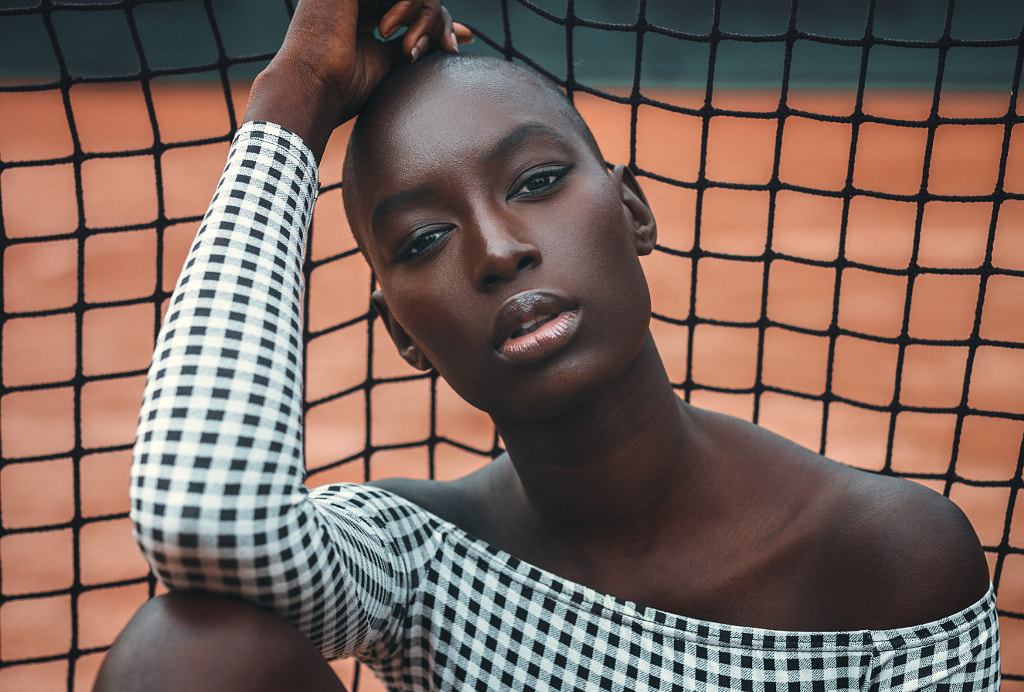

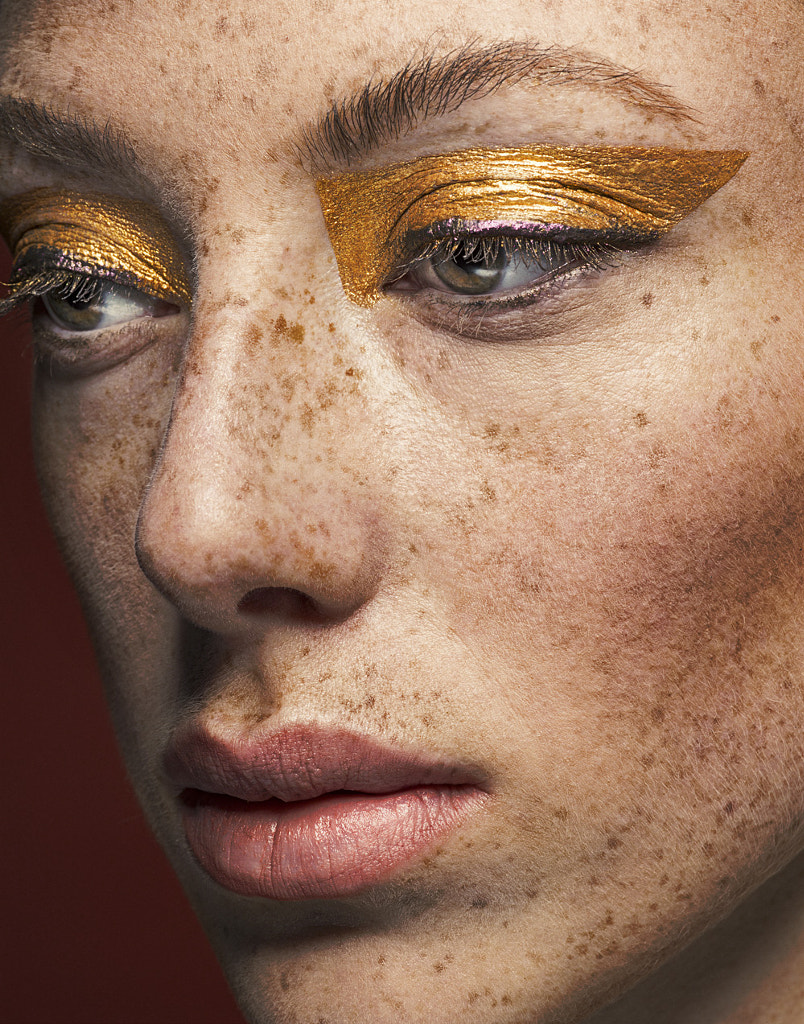
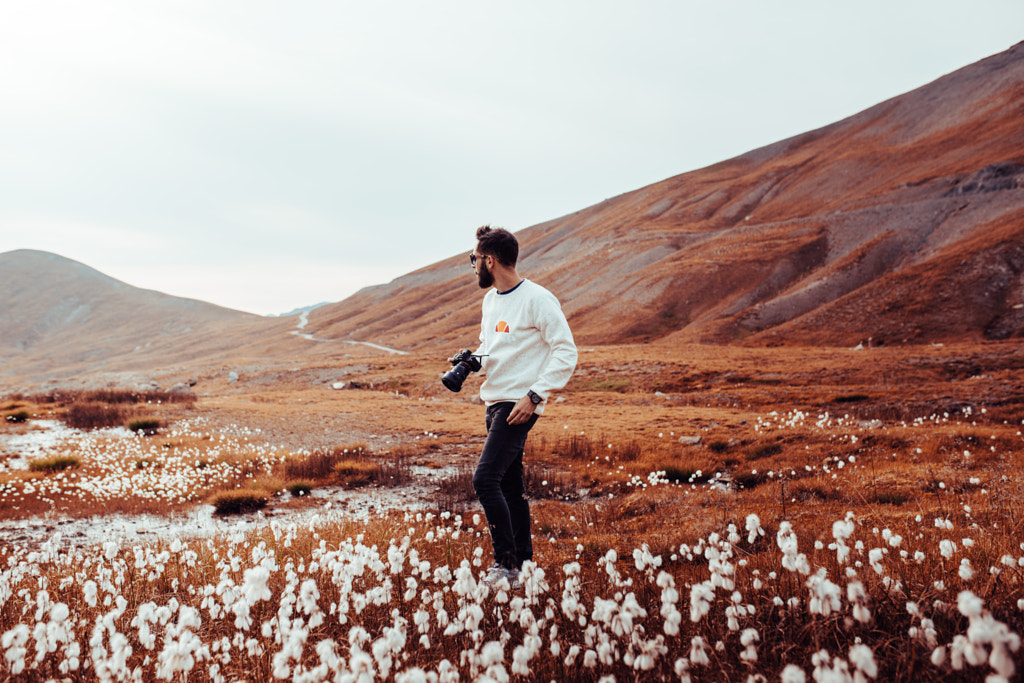
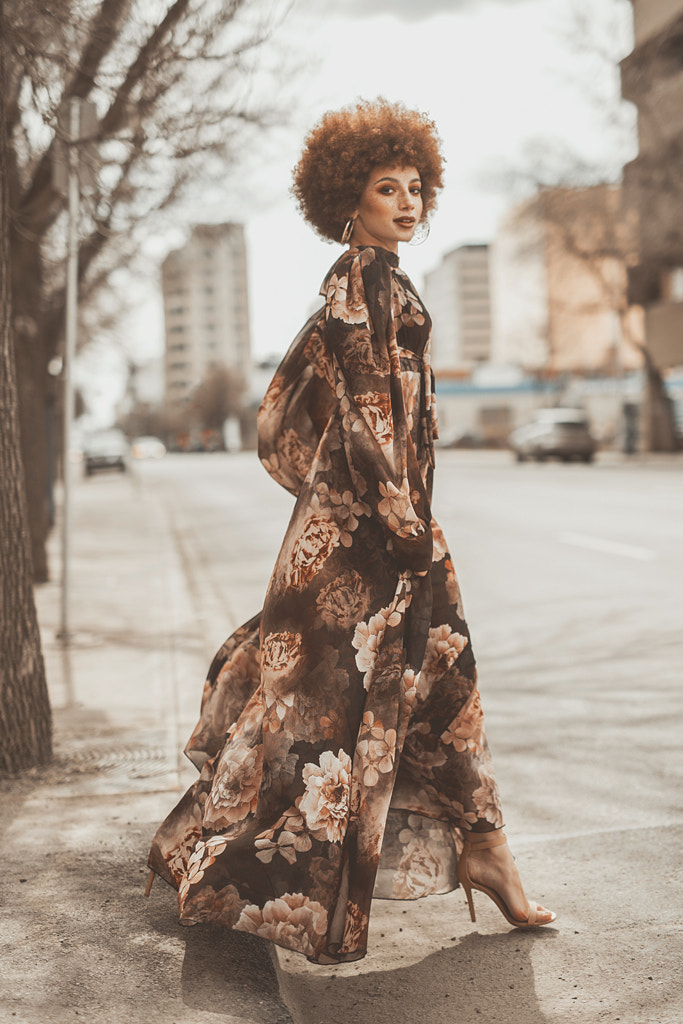
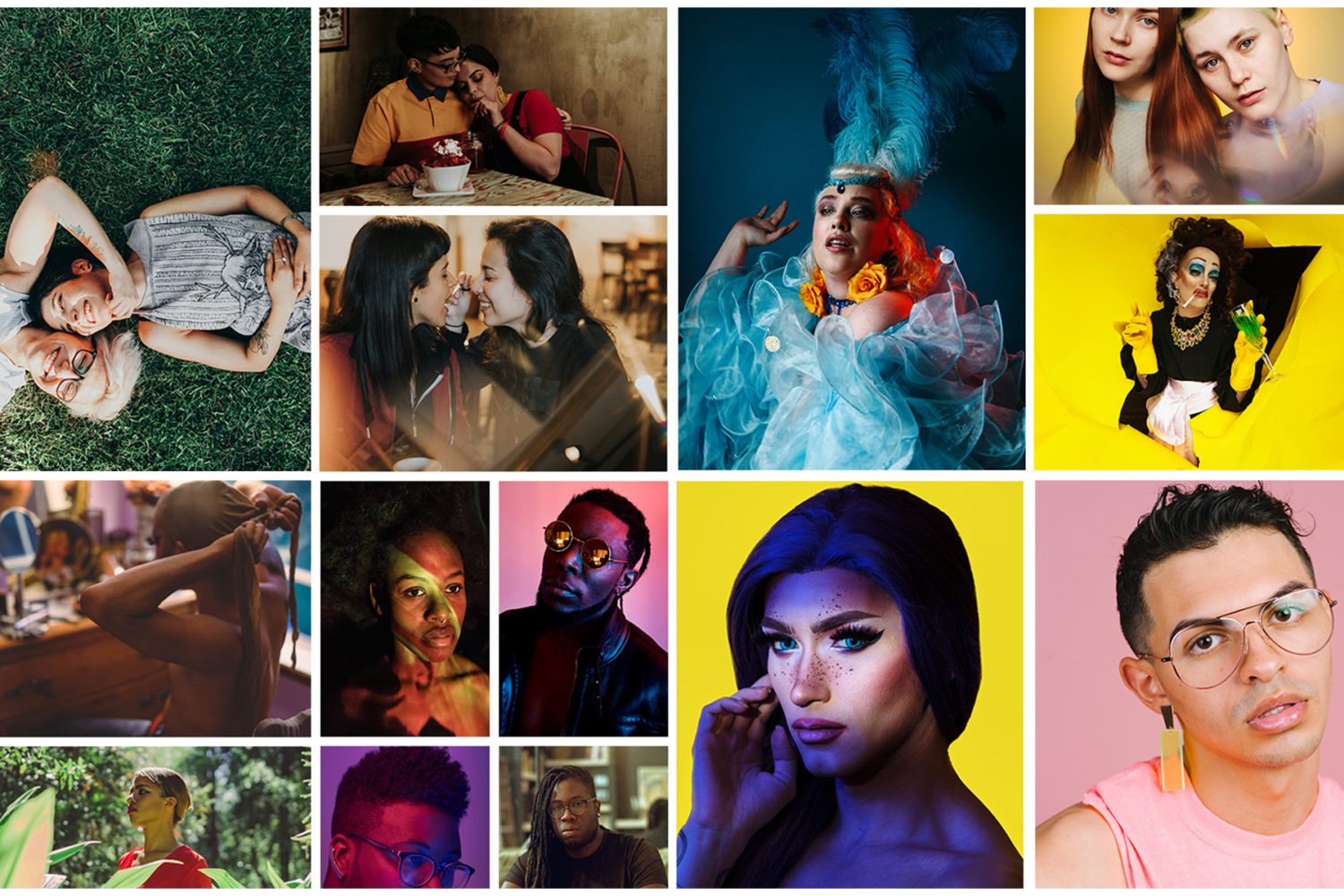
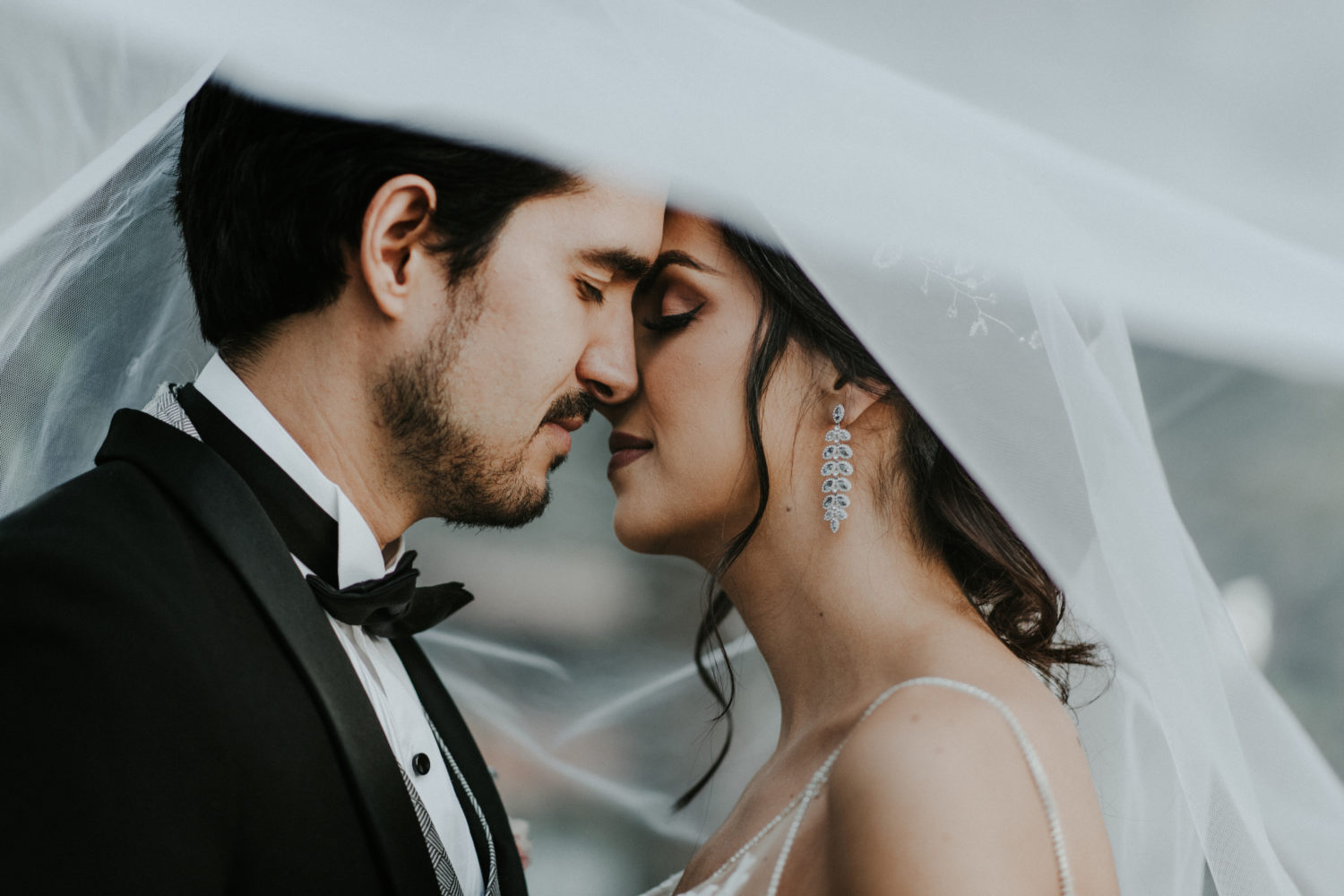
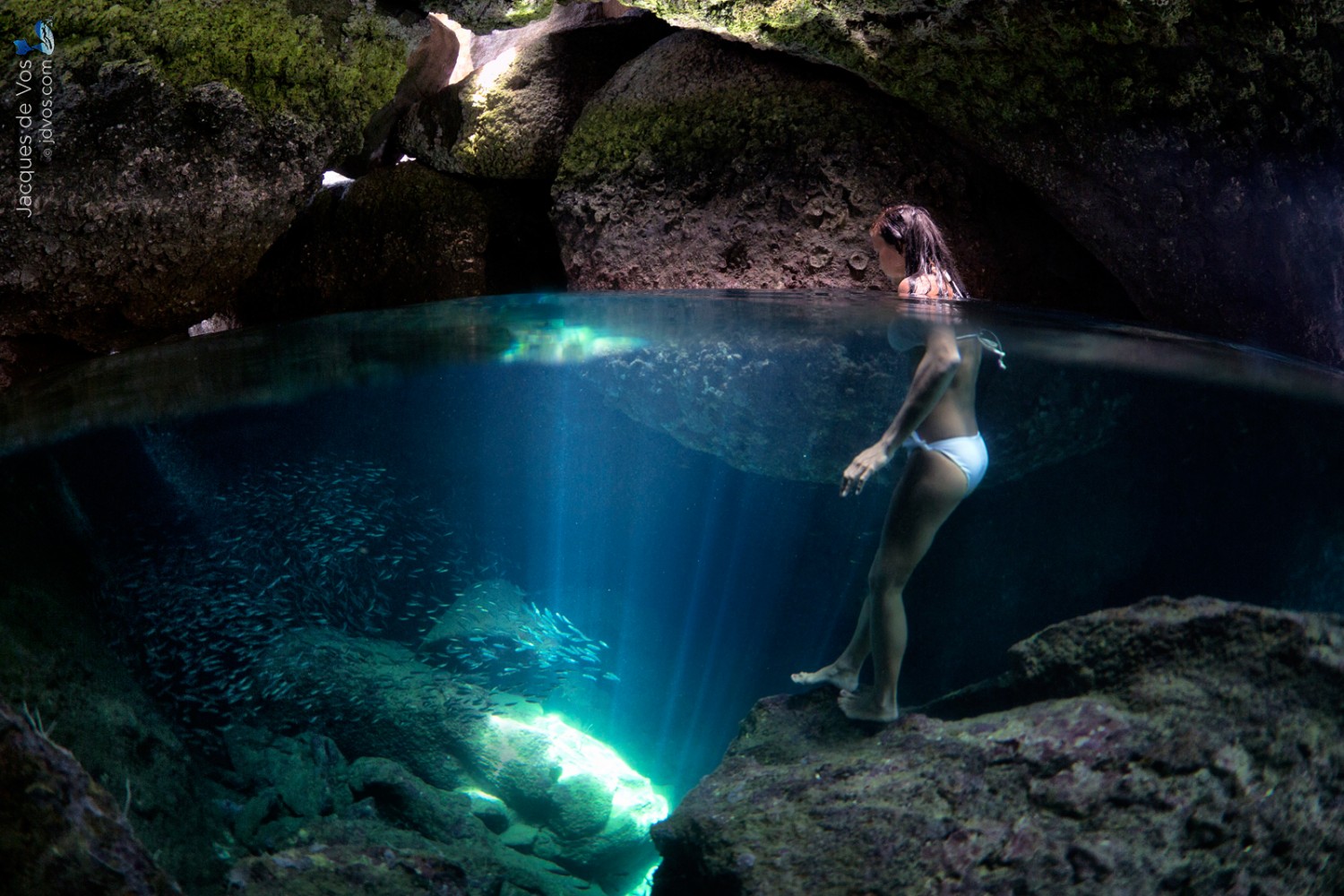


Leave a reply